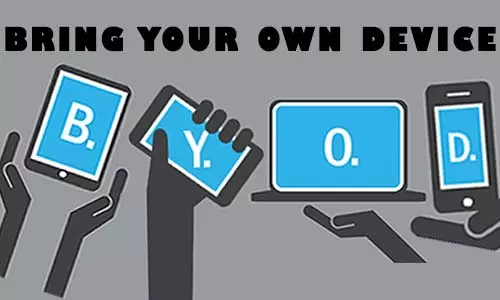Definition of USB
What is USB?
Universal Serial Bus, abbreviated as USB, is a computing and technology standard for cables and connectors that enable communication and power supply between computers and peripherals such as external hard disk drives (HDD), cameras, printers, gaming consoles and controllers, keyboards, mice, and more. As stated, USB cables can be used to enable communication between devices such as a printer and a computer, or power devices, such as wireless gaming controllers, wireless keyboards, or wireless mice.
There are different versions of USB standards and types that provide different features more so on data transfer speeds and power ratings.
USB Standards
USB 1.0
Data transfer speed of 1.56 Megabits per Second (Mbits/S)
Power transfer of 100mA
Found in USB Type A and USB Type B cables
The cable receptacle has a white ridge
USB 2.0
Introduced in 2001
Supports up to 480 Mbps (Mbits/S)
The cable receptacle has a black ridge
Still widely used today
Found in Type A, Type B, and Type C, all Mini and micro connectors cables
USB 3.0
Released in 2008
Introduced the SuperSpeed (SS) type, which supports up to 5 Gbps (Gigabits per second)
Power transfer rate of up to 900mA
Available in Type A, Type B, Type C, Micro-A, Micro-B, and Micro-AB USB connectors
The cable receptacle has a blue ridge
USB 3.1
Released in 2013
Introduced the USB SuperSpeed+ (SS+) type, which featured a data transfer speed of 10 Gbps (Gigabits per second)
Power transfer rate of up to 1.5A
Available in Type A, Type B, Type C, Micro-A, Micro-B, and Micro-AB USB connectors
USB 3.2
Introduced in 2017
Data transfer speed of 20 Gbps
Power transfer rate of up to 5A
Available in Type C USB connectors
USB4
Introduced in 2019
Developed by Intel Corp
Data transfer speed of 40 Gbps
Power transfer rate of up to 5A






